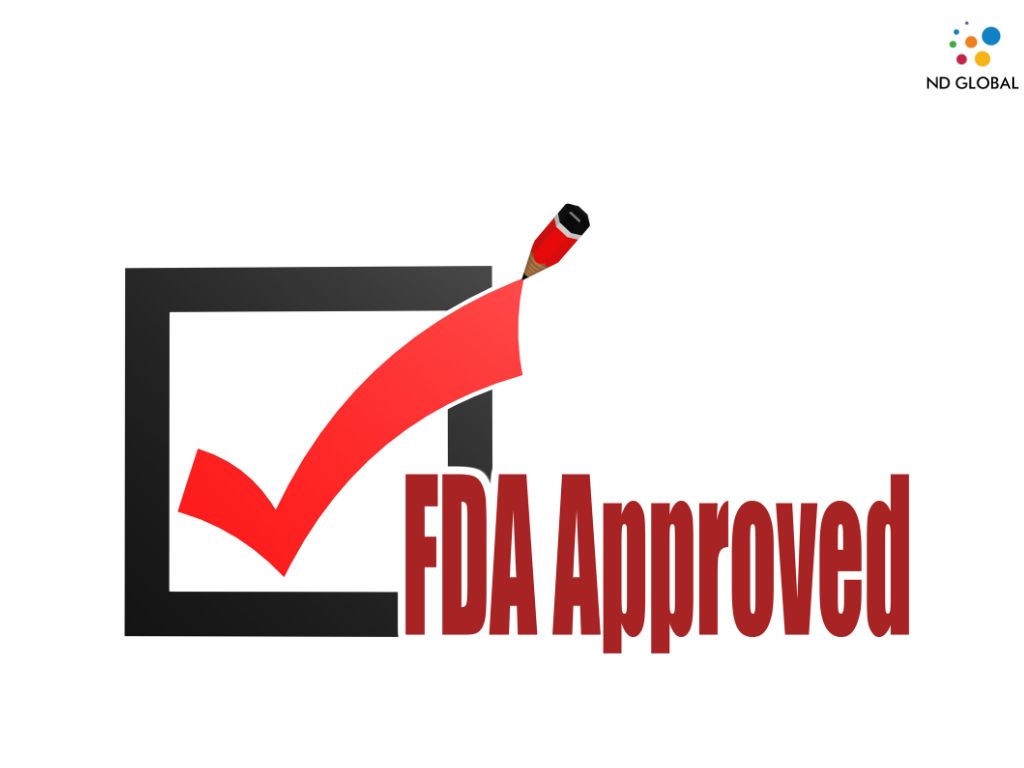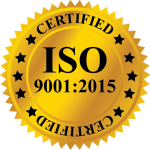Introduction – An FDA premarket submission is called a 510(k). Because it alludes to that particular portion of the Food, Drug, and Cosmetic Act, it is known as a 510(k). This regulatory route is primarily used for Class II products that aim to be functionally and substantially identical to another legally sold item. Without requiring a premarket approval (PMA) filing, the device may be commercialized immediately if the FDA certifies that it is substantially identical. In most 510(k) submissions, the FDA does not require clinical data, but in certain circumstances, the FDA may ask for clinical data to verify substantial equivalency.
What Is Substantial Equivalency – The 510(k) requires evidence of a substantial equivalency to another legally marketed device in the United States. Significant equivalency denotes that the new gadget is equally reliable and safe as the predicate.
If a device is equivalent to a predicate, then it is
- It contains the same technological features and
- the same intended use as the predicate or
- It has the same technological characteristics as the predicate but differs in its technical characteristics and does not raise any new safety or efficacy concerns;
- Additionally, the data provided to the FDA shows that the device is just as safe and effective as the legally marketed device.
The novel and predicate devices do not have to be identical for there to be a claim of significant equivalency. The FDA first confirms that the intended uses of the new and precedent devices are the same, and any variations in technological features do not give rise to new concerns regarding their efficacy and safety. The FDA then examines the scientific procedures to assess technical features and performance data variations to decide if the device is as safe and effective as the predicate device. Clinical and non-clinical bench performance data, such as those from engineering performance testing, sterility, electromagnetic compatibility, software validation, and biocompatibility assessment, are examples of this type of performance data. The gadget must be commercialized in the United States before the submitter obtains a letter stating that the device is substantially identical. The applicant may:
- File a reclassification petition.
- Submit a premarket approval application (PMA).
- Request a Class I or II designation under the De Novo Classification process.
- Resubmit another 510(k) with updated data if the FDA finds a device is not substantially comparable.
Who Can File a 510(k) Submission – The FD&C Act and 21 CFR 807, the 510(k) regulation, are silent on who needs to submit a 510(k). Instead, they outline which acts necessitate a 510(k) submission, including bringing a product to the U.S. market.
The FDA requires the following four types of parties to submit a 510(k):
- Domestic manufacturers launching a device on the U.S. market: If a finished device manufacturer produces a product based on their specifications and sells it in the U.S., they must file a 510(k). Products marketed as finished goods to the consumer also include their accessories. Manufacturers of device components, however, are exempt from filing a 510(k) if their products are not advertised to end users as replacement parts for sale. Contract manufacturers produce devices under contract by the specifications of another party; they are exempt from filing a 510(k).
- Devices introduced to the U.S. market by specification developers: A specification developer creates the requirements for a completed product but contracts with a different company or organization to produce the product. The 510(k) is submitted by the specification creator rather than the contract manufacturer.
- Repackers and labelers who alter the labeling or whose actions significantly impact the device may need to file a 510(k) if their actions significantly affect the device’s condition or the labeling. Manuals may need to be modified to reflect significant labeling changes, such as adding a new intended use, the deletion or addition of warnings, contraindications, etc. Sterilization is one operation that could change the device’s state. Most relabelers or repackagers, however, are exempt from filing a 510(k).
- International producers and exporters, or American agents of overseas producers and exporters, launch a product on the American market.
When a 510(k) Is Required:
- Unless it is excluded, you are putting a gadget through its first commercial distribution (marketing). A 510(k) submission must be made at least ninety days before a device is offered for sale in the United States after May 28, 1976, when the Medical Device Amendments to the Act went into effect, even if the device has been in development or the subject of clinical investigation before that date. A 510(k) is necessary if your company did not market your device before May 28, 1976.
- A legally marketed device has undergone an alteration or modification that may substantially impact its efficacy or safety. The 510(k) holder determines whether a modification could materially compromise the device’s effectiveness or safety. Any changes must be documented in the change control records and device master record, and they must be made in compliance with 21 CFR 820, the Quality System requirement. It is advised that the reason for filing or failing to file a new 510(k) be noted in the change control documentation.
Conclusion – The 510(k) regulatory pathway is pivotal in the medical device industry, particularly for Class II products seeking approval for commercial distribution in the United States. Named after the relevant section of the Food, Drug, and Cosmetic Act, this submission process allows expedited market entry if a device is substantially equivalent to a legally marketed predecessor. The emphasis on substantial equivalency underscores the importance of ensuring that the new device is safe and effective, aligning with the intended use of the predicate. The flexibility of the 510(k) process accommodates variations in technological features while prioritizing patient safety. Determining substantial equivalency involves thoroughly evaluating intended use, technical characteristics, and performance data, including clinical and non-clinical benchmarks. This rigorous assessment ensures that deviations from the predicate device do not compromise safety or efficacy. The 510(k) regulatory framework not only facilitates market entry but also underscores the commitment to maintaining the highest safety and efficacy standards. Manufacturers must adhere to stringent documentation and quality system requirements, ensuring transparency in any modifications made to the device post-approval. Overall, the 510(k) pathway is a crucial mechanism in balancing innovation with regulatory oversight, contributing to the ongoing evolution of the medical device landscape.
How ND Global can help – ND Global can assist in the 510(k) process by providing expert guidance and support throughout the submission journey. Our services encompass:
- Regulatory Expertise – Leveraging our in-depth knowledge of FDA regulations, we ensure that your 510(k) submission aligns with all the necessary requirements.
- Submission Preparation – We help compile a comprehensive 510(k) submission package, ensuring that all required documentation, including technical specifications and intended use information, meets FDA standards.
- Clinical Data Management – If clinical data is necessary, we assist in the planning, collection, and organization of relevant clinical information to support substantial equivalency claims.
- Quality System Compliance – ND Global ensures that your quality system aligns with 21 CFR 820, meeting the FDA’s Quality System requirements.
- Change Control Documentation – We guide you in documenting changes post-approval, ensuring compliance with FDA regulations and maintaining transparent change control records.
- Global Market Entry Strategy – For international manufacturers, we develop strategies for entering the U.S. market, addressing specific requirements for successful 510(k) submissions.
- FDA Communication – ND Global facilitates communication with the FDA, addressing any queries or requests for additional information during the review process.
- Continuous Support – Our team remains committed to supporting you throughout the entire 510(k) process, from initial submission to potential follow-ups.
By partnering with ND Global, you can navigate the complexities of the 510(k) regulatory pathway with confidence, ensuring a smoother and more efficient approval process for your medical device in the U.S. market.










